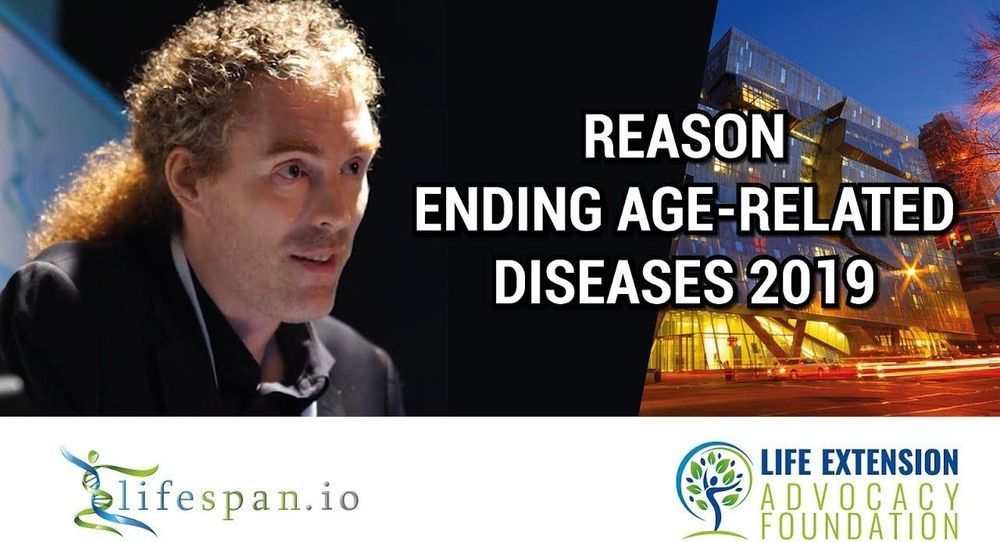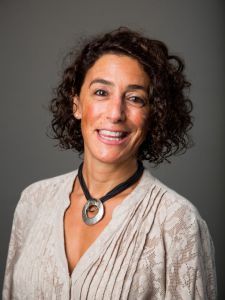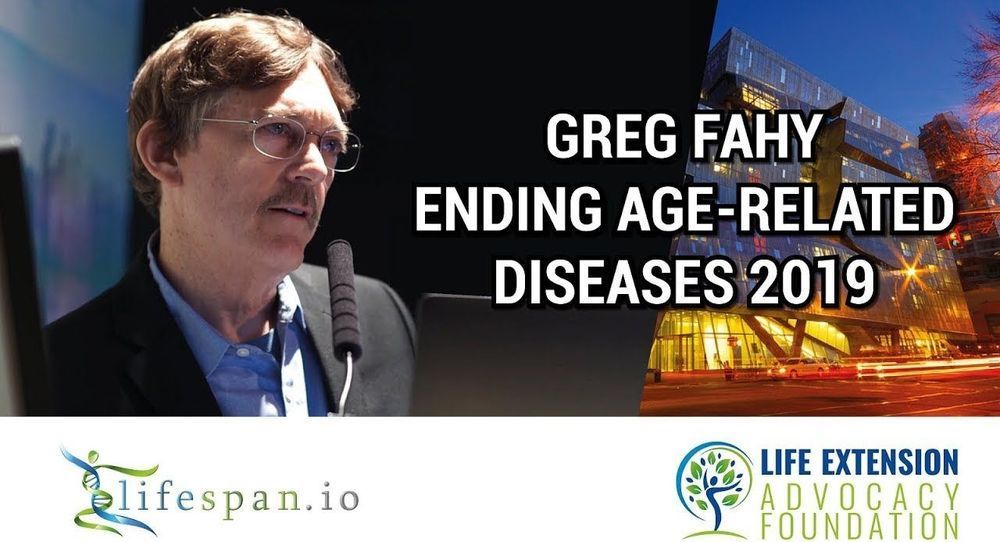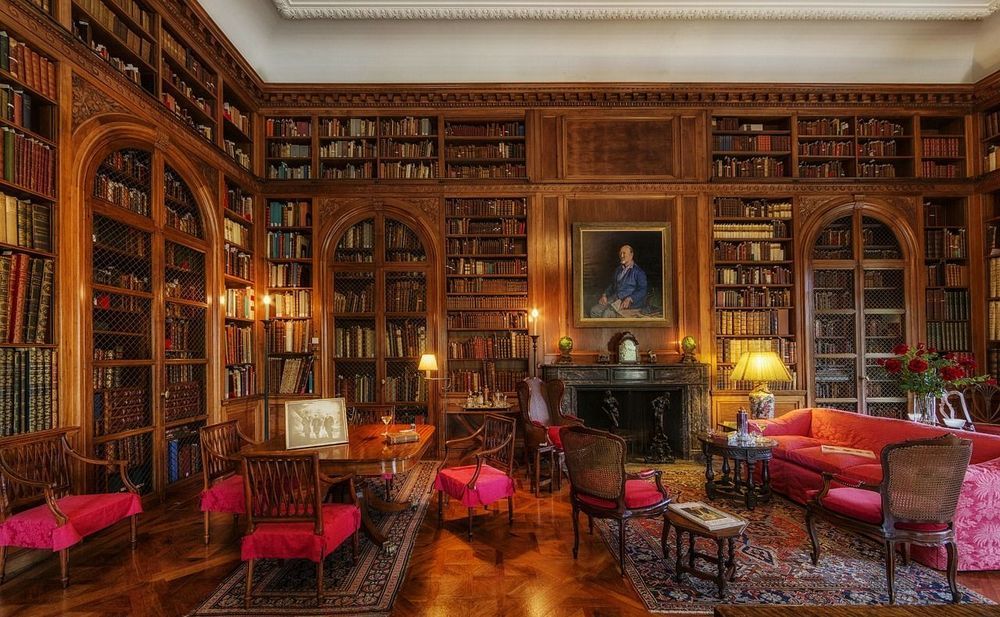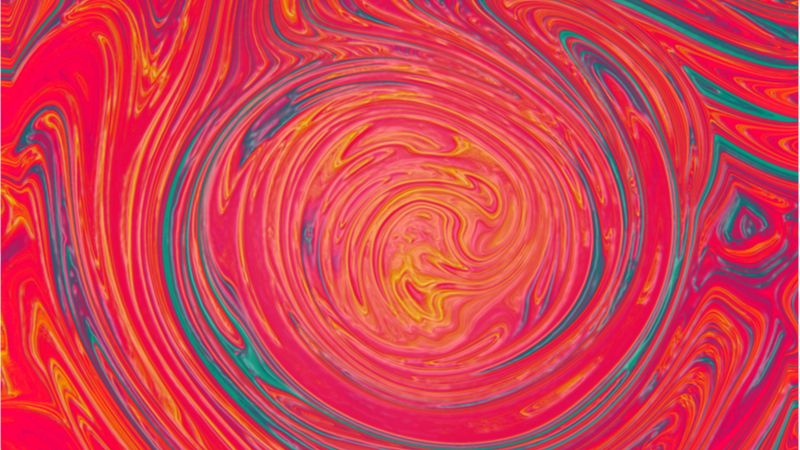Sep 24, 2019
Reason at Ending Age-Related Diseases 2019
Posted by Steve Hill in categories: biotech/medical, life extension
We’re continuing to release talks from Ending Age-Related Diseases 2019, our highly successful two-day conference that featured talks from leading researchers and investors, bringing them together to discuss the future of aging and rejuvenation biotechnology.
In his talk, Reason of Repair Biotechnologies addressed the reasons why rejuvenation biotechnology is not proceeding as fast as it could be and discussed the ways in which his company is helping to expedite its development and release.
